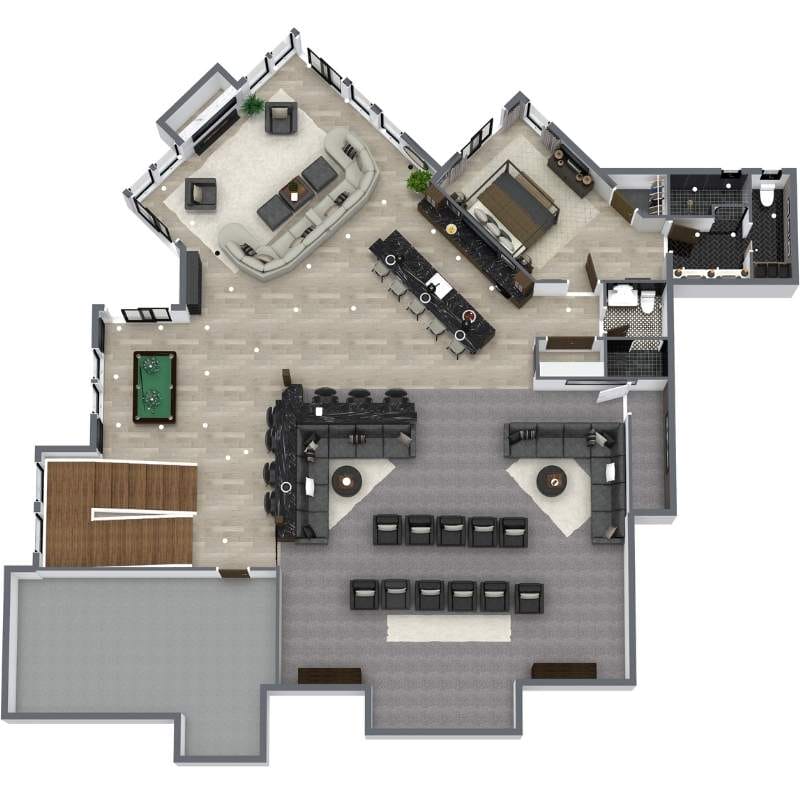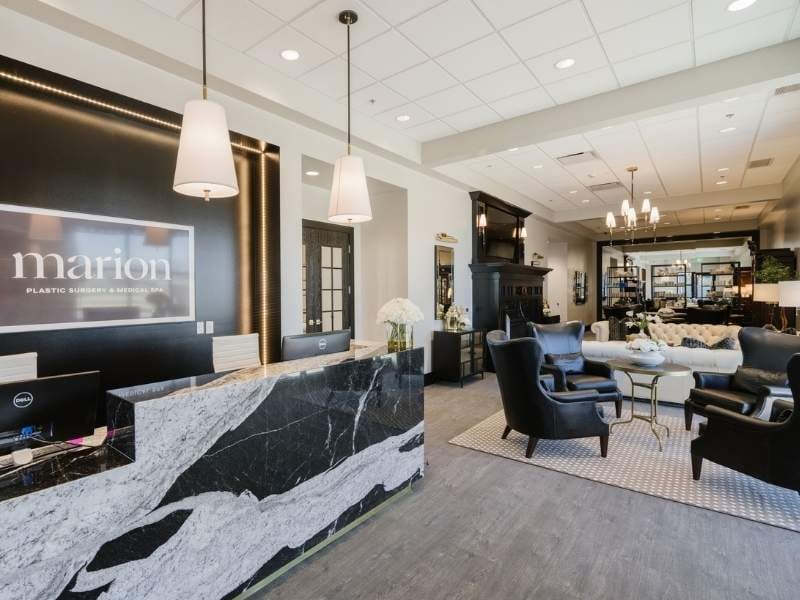How RoomSketcher became Interior Designer Katie Christensen’s “magic wand”
For interior designer Katie Christensen, communication is everything. RoomSketcher helps her show clients exactly what their dream spaces will look like.
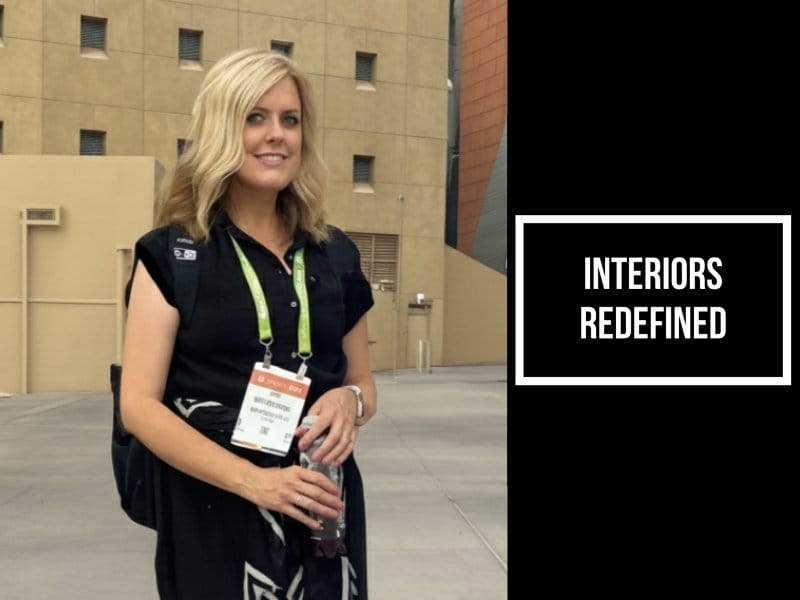
Why is RoomSketcher the right software for interior designers? We spoke with Katie Christensen, a RoomSketcher user and a professional interior designer with almost 30 years of experience, for her thoughts on the matter.
Katie’s business, Interiors Redefined, is based in Washington. She told us her clients loved the work she creates with RoomSketcher. They’ve even called RoomSketcher her “magic wand.” We sat down with her to find out more about how she turns her clients’ wishes into reality.
Starting Out in Interior Design
Interior design was something Katie had always wanted to do. She has drawn floor plans, facades, and interior decorations since childhood and has always been “really interested in design and the process of it,” attending open-house events with her mother whenever she got the chance.
Katie was always drawn toward the work’s creative side, especially how buildings impacted their inhabitants’ feelings. She told us she’s “really sensitive to environments,” noticing the way she felt in different spaces, whether a store, a restaurant, or a street.
Her sensitivity helped her notice which elements created those feelings. She would find ways to implement her ideas, whether it meant sketching them out or convincing her parents to paint the front door a different color.
Client work was the natural next step. She developed a love for building relationships and creating homes and businesses that reflected the characters of their inhabitants and the vision of their owners.
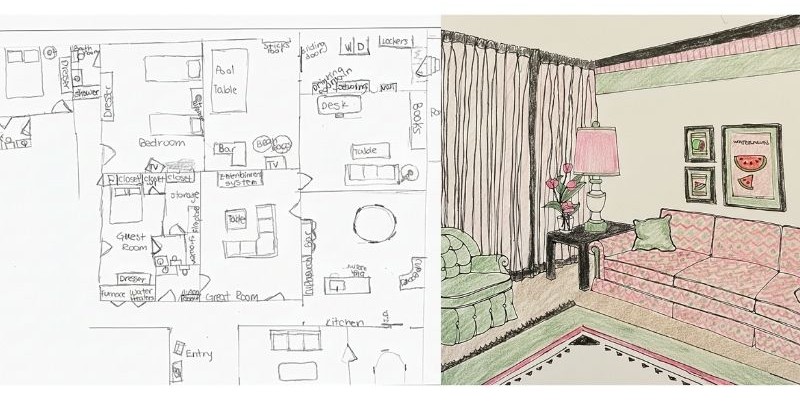
The Challenges
Whether working on residential or commercial projects, Katie believes an interior designer’s main challenge is communication.
Before adopting RoomSketcher, Katie “would sit down with clients whose vocabulary didn’t necessarily sync with actual design terms,” she said. The issue led to mismatched ideas and hours spent poring over online design and idea boards or, in earlier days, physical catalogs and magazines.
Apart from deciding on which designs to work on, creating and displaying them posed another challenge for Katie.
“Being able to show them what their wishes would actually look like in their space was a lot harder to do without a lot of time involved for hand drawing or manual rendering. It was just so time-intensive, and most people didn’t have the budget to pay for me to do that.”
Katie described how working with other tools took up much more time and wasn’t always effective or worth the effort. DeltaCAD, the computer-aided design software she previously used to render furniture and other interior design elements, proved too basic. On the other hand, draftspersons and architects she worked with would use complex architecture software, but Katie didn’t feel that this “was worth the investment.”
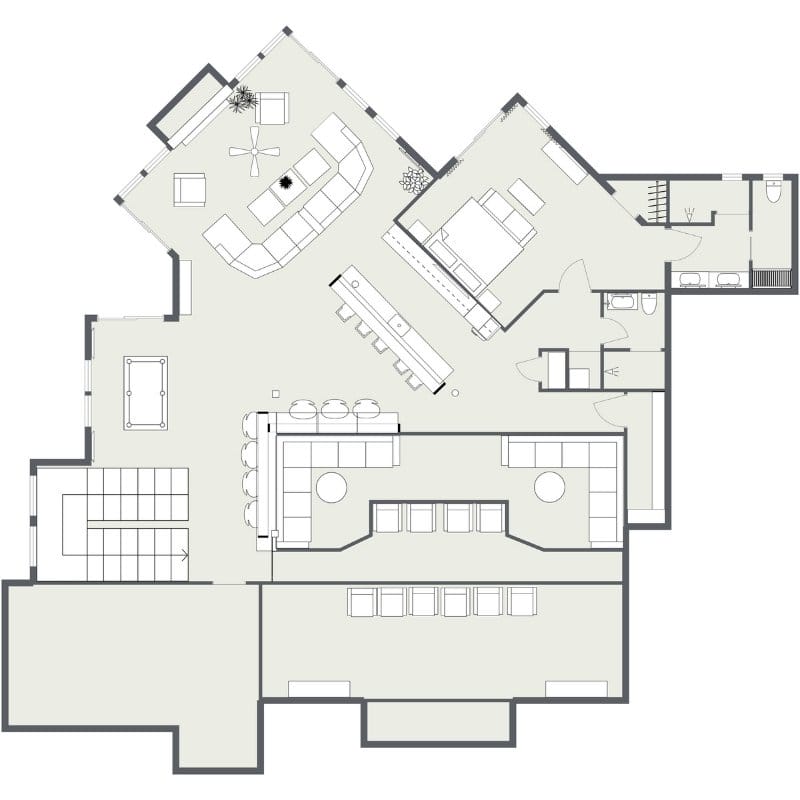
The RoomSketcher Advantage
When she came across an online ad for RoomSketcher, Katie was immediately intrigued. “I could buy a few Credits and experiment with it, see if it was something I really wanted before making a major commitment.”
Katie said it was RoomSketcher’s user friendliness that convinced her to dive in. “I found it was really helpful to me, so I just kept with it.”
With RoomSketcher, Katie could combine her creativity with clients’ actual floor plans and physical spaces, and then present her ideas while making changes immediately.
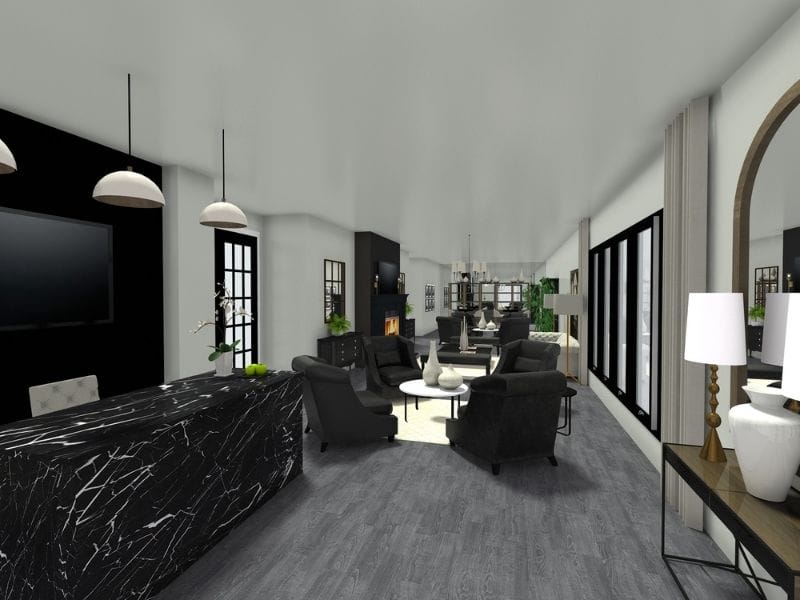
Step-by-Step Process
Getting the basics squared away is Katie’s first order of business. She draws out the building’s dimensions and apertures manually or submits an existing blueprint for conversion into a digital project in RoomSketcher.
Her next step depends largely on the kind of project she is working on. For interior decoration projects, she jumps straight into mocking up her ideas in the digital space using RoomSketcher’s extensive furniture library.
New builds require more work, with Katie prioritizing discussion with the clients, their architect, or their draftsperson to “hammer out the details of how the space is laid out.” Flooring and wall colors follow that before going through the furnishing process.
What follows is an iterative, back-and-forth process with the client where Katie presents several different options using RoomSketcher’s 3D Photos and 360 Views, and adjusts the visuals depending on feedback.
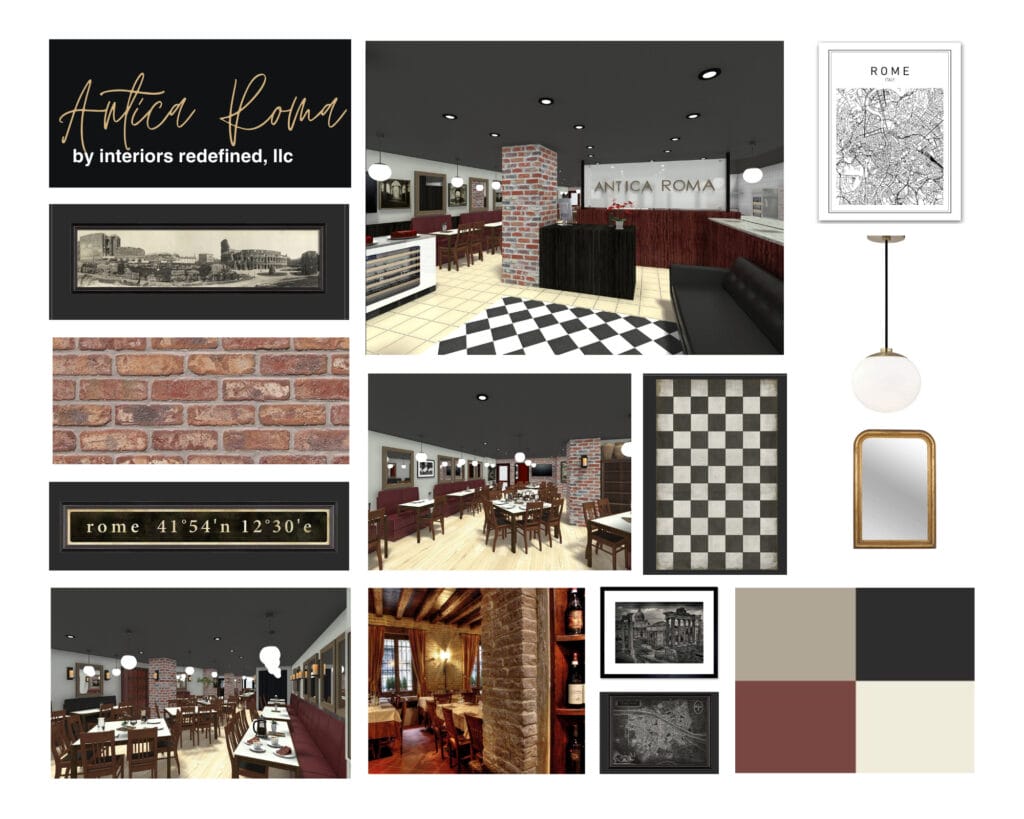
Client Reactions
Katie’s clients love the work she creates with RoomSketcher, recommending her to other prospective clients based on the visualizations RoomSketcher provides.
“They’ve referred to RoomSketcher as my “magic wand.” Prospective clients reach out saying, “I love what you did for so-and-so, can you show me what my home would look like?”
“I’ve had people message me asking ‘can you do your magic wand on this for me?’ So it’s obviously generated some clients based on what I’ve been able to show other people.”
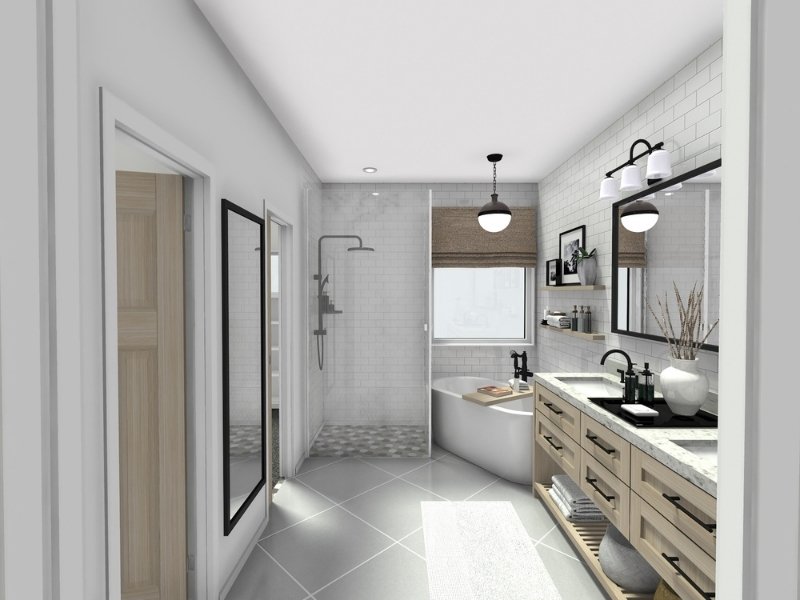
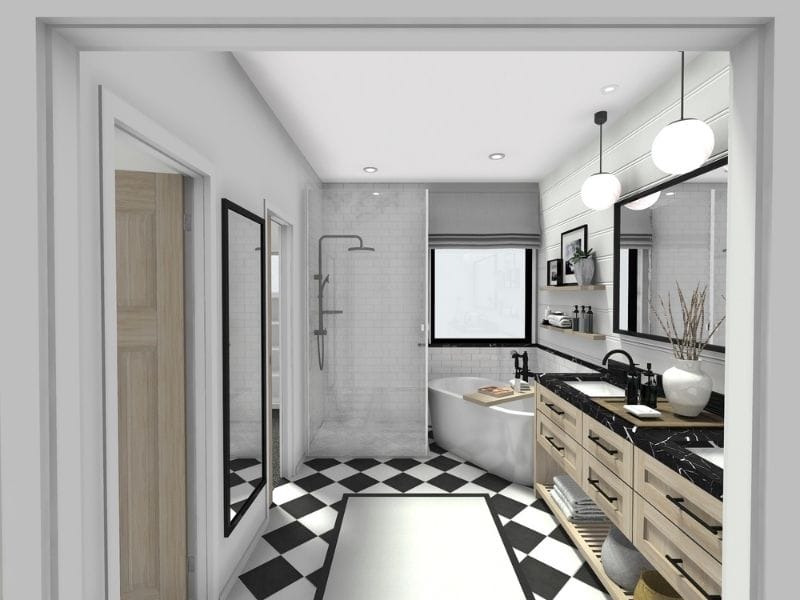
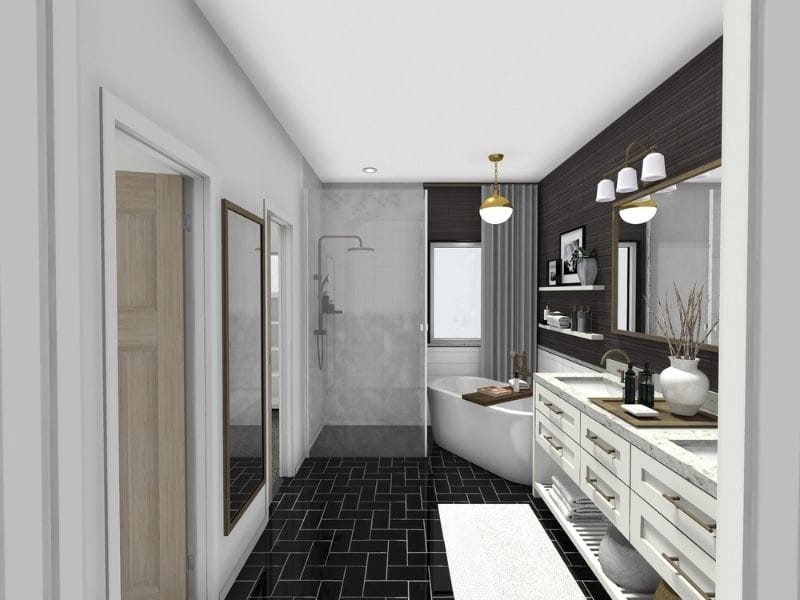
Recently, Katie was working on a remodel for a hexagonally-shaped building that used to house a fast-food restaurant. After completing the preliminary drawings, Katie met with the contractors, clients, and stakeholders on-site.
“I was able to use RoomSketcher on my iPad to walk them through the remodel in 3D, change light fixtures, and add shiplap, everybody was very appreciative of being able to see the visualizations and also impressed with the ability to make changes right there. That was a great experience.”
Asked about what she’d say to others about RoomSketcher, Katie said, “It’s definitely worth your time. You’ll be able to communicate your creativity to your clients and make sure that the vision you’re seeing lines up with what they want. It saves so much money in the long run, both for yourself and your clients.”
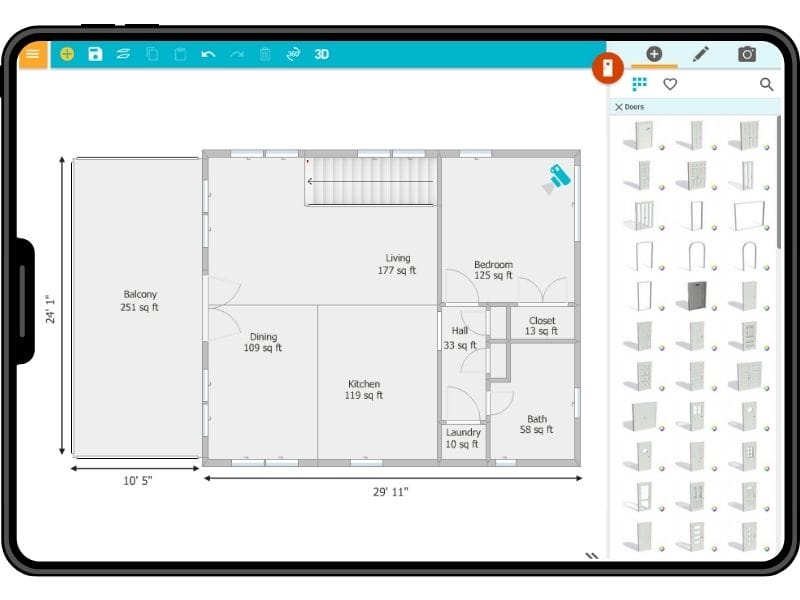
Get Started with RoomSketcher
You can create professional floor plans and 3D visuals just like Katie does. With RoomSketcher, you can:
- Draw floor plans in minutes
- Furnish and decorate with 7000+ items
- See your ideas in 2D and 3D
- Check exact dimensions with built-in tools
- Share designs with clients and builders
Try all of RoomSketcher’s features for yourself. If it’s not for you, we’ll refund you within 30 days.
Related Articles

Interior Design Sketches vs. Computer Software
In today's digital landscape, interior design evolves: traditional sketches meet cutting-edge software, transforming how designers create, communicate, and bring visions to life.
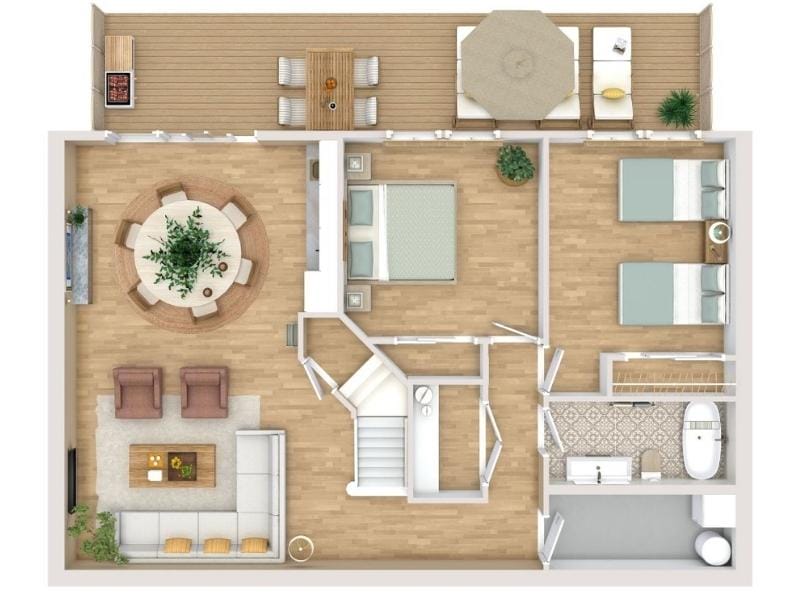
The 9 Best Floor Plan Software Tools for Interior Designers
Looking for that perfect software for your interior design projects? Look no further! We've gathered a top 9 list for you. Using a floor plan software is the best way to showcase an interior design project.

